When choosing the right configuration management tool in DevOps, there is a ton to figure out and so much to know about DevOps development services. It may get additionally confusing when something that works for others may not work for you.
The article aims to present a list of the best tools to pick from with major factors to rely on. But before that, let’s gain essential and usable information about configuration management in general!
Text frame
Configuration management takes place at the testing stage in the DevOps release pipeline. You can automate processes to manage all the critical configurations during unit testing, integration testing, system testing, load testing, acceptance testing, and end-user testing. It enables to optimize environments and keep all the elements in control.
Take a look at the most common tasks in configuration management:
Configuration management consists of four key elements that help to track down and confirm brought-up changes in a project before the release. So to implement configuration management in the DevOps process, these activities are meant to be followed:
1) Infrastructure as Code (IaC).
Infrastructure as Code (IaC) is based on DevOps methodology and stands for managing the environment as a code or a script. This code or script later would be pushed to the version control to become the only source of the environment definition.
The environment role is played by parts of IT infrastructure, such as networks, servers, virtual machines, and others. This concept supports continuous delivery and can be used in future environment updates. Also, IaC helps to determine control tools for DevOps teams. So there are no manual work and formal document needed!
2) Configuration as Code (CaC).
Configuration as Code applies to define different types of configurations of servers as a code or a script that is part of the DevOps release pipeline. The process of defining configurations means selecting a set of settings or commands to run an application efficiently. The code should be pushed and checked in version control to ensure that configuration is relevant for infrastructure and that you get everything automated.
As you can see, all the configurations and infrastructure are version-controlled. DevOps teams can quickly fix any failure bugs, make new changes in an automated way, restore the backup version, and prevent third-party changes.
Just in case, let’s go quickly through the meaning of DevOps to get a better understanding of how important to keep managed DevOps services!
The DevOps process consists of six stages: plan, build, integrate, deploy, operate, and monitor. Usually, the whole development lifecycle looks as an infinite loop to emphasize the non-stop circle of building, integration, and delivery processes.
Text frame
Check them out:
It’s hard to say which one is better. It depends on the situation and needs. Honestly, each model should be able to perform both push and pull. And maybe there is no need to pick the particular one, as you may use a combination of both to empower the development process.
But what is much easier to say is what the configuration management tools in DevOps are in charge of. Here’s a list of a few tasks:
We love to use this tool in client projects because it is super accessible. It is a straightforward tool that can be read by anyone. You don’t have to be an expert in programming and can have a minimal set of skills.
Ansible automates tasks using a playbook, a written file with YAML scripts, to improve communication between DevOps teams. It works well with various infrastructure systems, and there is no need for agent management, as Ansible utilizes SSH.
It’s simple to use and set up, as there are no requirements to know how to do the coding. TeamCity is fast in detecting failures in the DevOps release pipeline, and it keeps the testing history. The platform is ready to report the issues in real-time.
TeamCity is under a freemium license. Therefore, you can build up to 100 configurations and have 3 build agents with freedom in customization and expansion processes.

Jenkins is flexible to environmental changes and aligns well with almost every environment. It can run on multiple platforms, like Windows, Linux, and macOS, and is easy to install. In addition, many plugins can operate with Jenkins to achieve a non-stopping integration process. This way, you can make changes to a project.
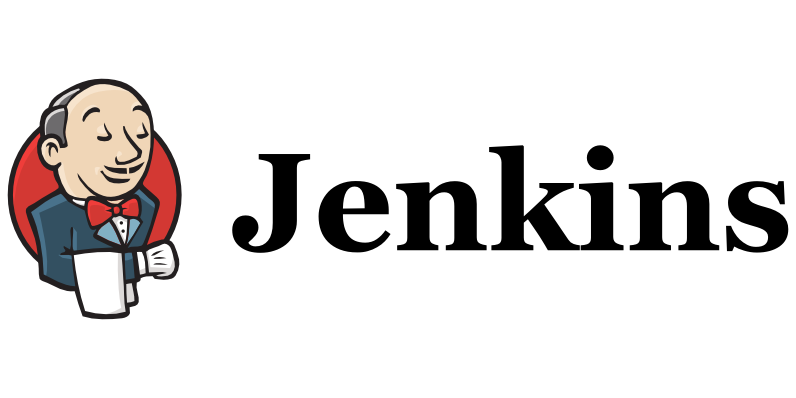
The workflow in Terraform is customizable to users’ needs. Terraform doesn’t specify the platform. You can manage infrastructures throughout different platforms and reuse older versions of configurations. It keeps a record of changes and is ready to fix bugs at any time.
Easy to install, GitLab CI aims to run automated tests to spot changes and ensure that all standards and policies are followed correctly. It’s under a freemium license and offers various project management features.
Text frame
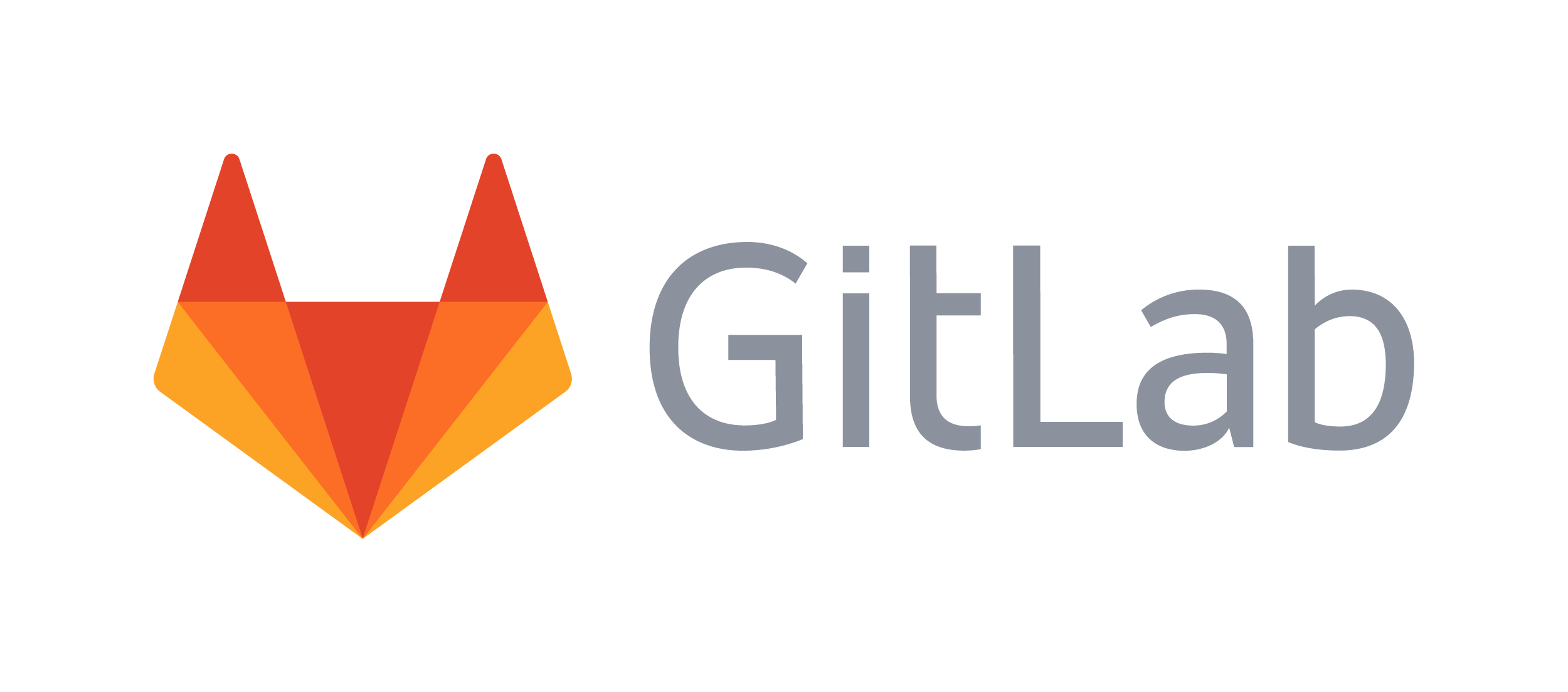
Text frame
Puppet functions on Linux, Unix, and Windows operating systems, which allows a wide variety of completing tasks. By default states, it works on the push model, but you can switch it to the pull one.
With Puppet, you can monitor changes without any special effort and get support from the developer team.

Chef works on multiple platforms and provides the most impressive features to the user base. Can you imagine that with the help of one tool, you can immediately speed up the delivery?
SaltStack Architecture has a unique design that allows users to utilize a few servers. It affects a workflow with growing efficiency and speed numbers to increase scalability. As a client-server, Salt provides a massive range of flexibility. Give this tool a try if you need to multitask and get a supported community.
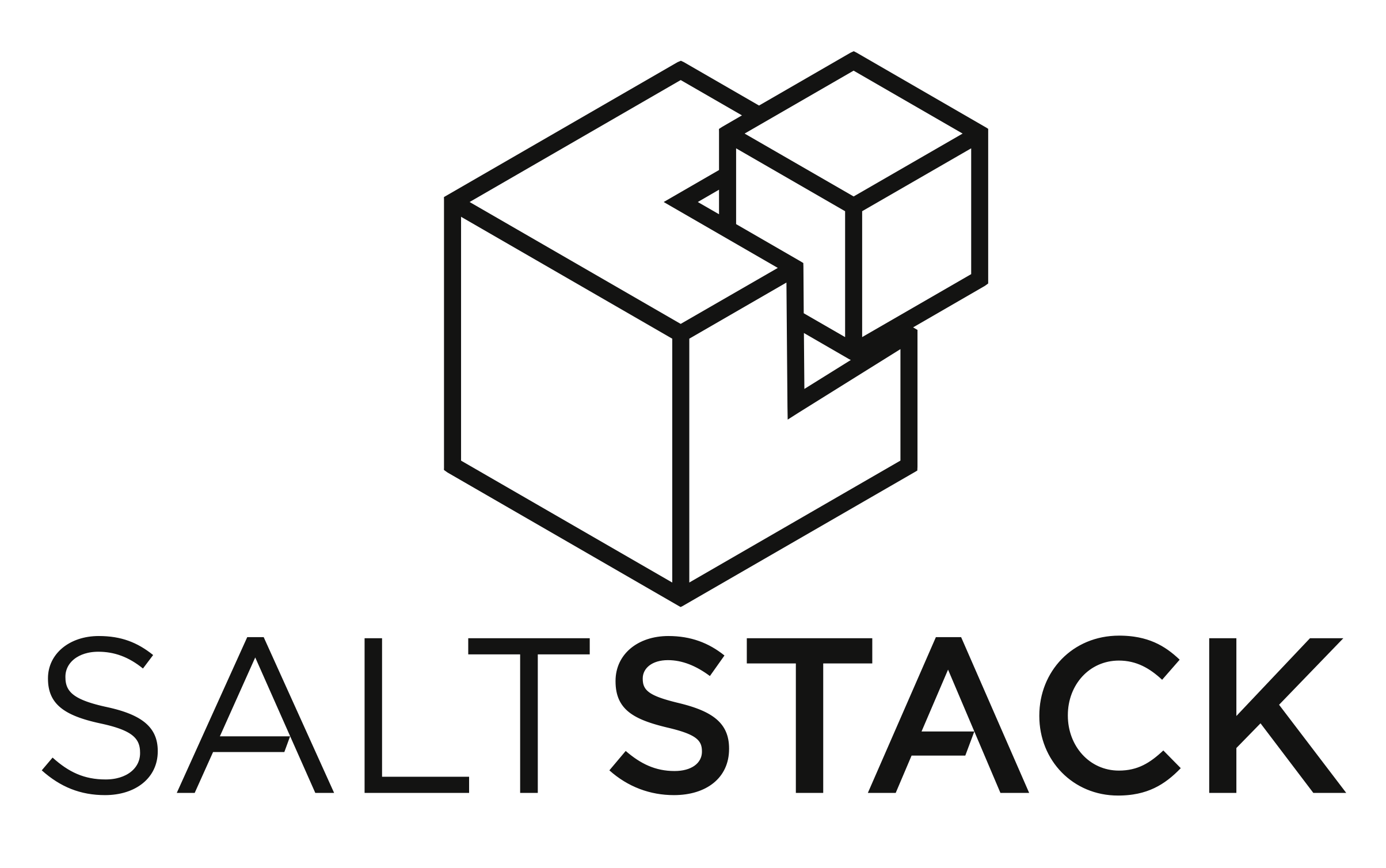
It provides a never stopping monitoring feature and uses automation agents. You can host this tool on UNIX, Windows, and Linux. At first, it might be challenging to install and be a very complex tool. But CFEngine is by far the best fit for huge computer systems!
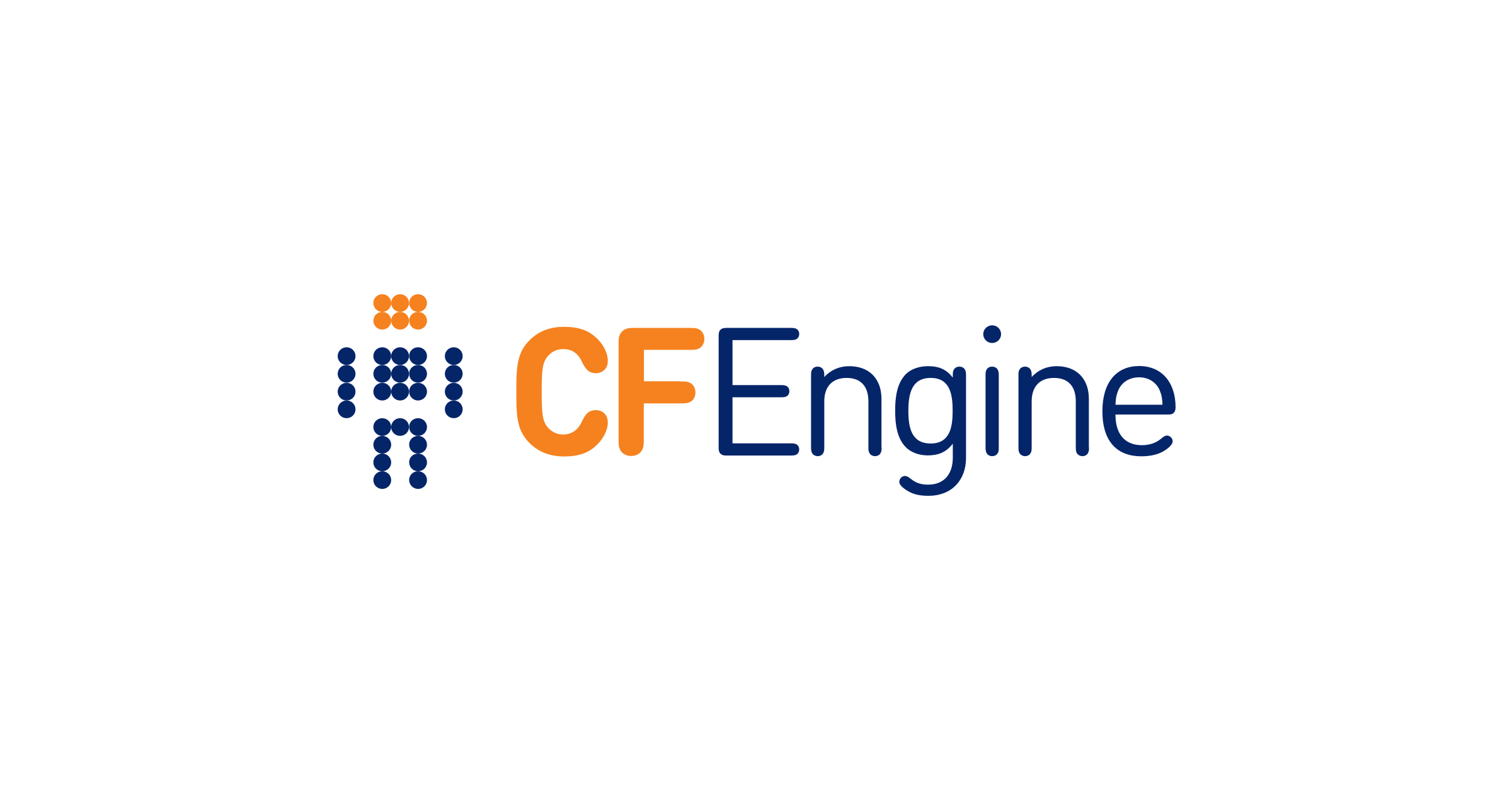
RUDDER supports and utilizes a lightweight local agent. And what’s even more impressive is the style of reporting – graphical! This tool can and will get you one of the best performances.

JUJU runs on a bunch of operating systems to help you to be in control of the situation. It is fully customizable to your needs and lets you choose the system architecture based on your preferences.
It can be hosted on different operating systems, but it lets teams work in the same environment. At this moment, Vagrant is by far one of the easiest and most effective tools out there.

Octopus Deploy uses a trial license, so it’s not free. But the reliable deployments, user-friendly interface, built-in support system, and smooth integration are worth at least trying it. It is truly an incredible tool to use!
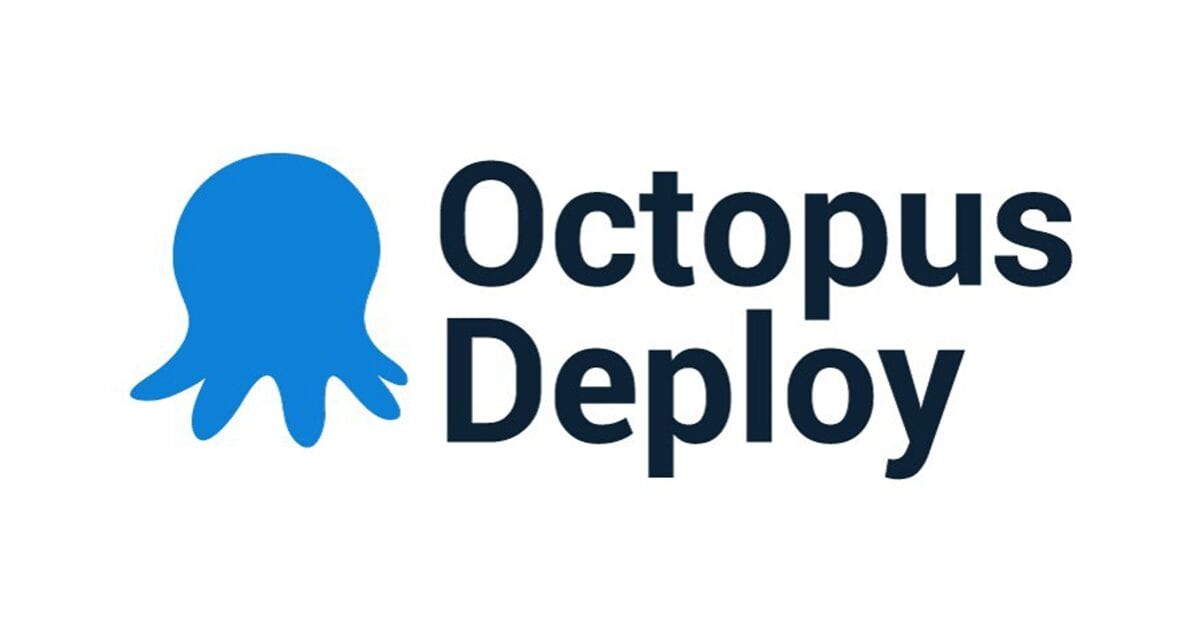
Our top favorite tool choices are Ansible, TeamCity, Jenkins, Terraform, and GitLab CI. But no matter which one you pick, stay true to your needs and choose the one that fits the best.
Text frame
The article aims to present a list of the best tools to pick from with major factors to rely on. But before that, let’s gain essential and usable information about configuration management in general!
The items in the article.
- What is configuration management in the DevOps process?
- What is DevOps?
- What are the configuration management tools in DevOps?
- Best 13 configuration management tools in DevOps.
- What are the benefits of using the configuration management tools in DevOps?
What is configuration management in the DevOps process?
Configuration management in DevOps is an automated process of maintaining and managing all configurations to keep them consistent. It is not only about identifying configurations. It is also about implementing techniques to control changes to support software integrity at crucial points.Configuration management takes place at the testing stage in the DevOps release pipeline. You can automate processes to manage all the critical configurations during unit testing, integration testing, system testing, load testing, acceptance testing, and end-user testing. It enables to optimize environments and keep all the elements in control.
Take a look at the most common tasks in configuration management:
- Monitoring all changes.
- Actions prioritization.
- Implementing testing at early stages.
- Performing testing.
- Performing integration.
- Configuration control.
- Tracking configuration items (CIs).
Configuration management consists of four key elements that help to track down and confirm brought-up changes in a project before the release. So to implement configuration management in the DevOps process, these activities are meant to be followed:
- Configuration identification. This process involves finding the correct configuration that needs to be maintained. At the same time, it’s compiling configuration data from different resources for organizing purposes. You can use tools to automate the identification of the configuration.
- Baseline configuration. You can specify and accept the baseline, known as a configuration version, which will operate the dependent software without any bugs.
- Configuration control. Even after the identification step and established baseline, the state and needs of the configuration may change. Configuration control allows tracking, regulating, and handling new changes automatically. Hence, you can avoid destabilizing infrastructure.
- Configuration audit. The last activity is to check up on the system by implementing configuration audits. You can ensure that the system functions well, follows the regulations, and has an excellent performance by metrics. It’s worth reviewing the system regularly to avoid bypassing the control mechanism.
1) Infrastructure as Code (IaC).
Infrastructure as Code (IaC) is based on DevOps methodology and stands for managing the environment as a code or a script. This code or script later would be pushed to the version control to become the only source of the environment definition.
The environment role is played by parts of IT infrastructure, such as networks, servers, virtual machines, and others. This concept supports continuous delivery and can be used in future environment updates. Also, IaC helps to determine control tools for DevOps teams. So there are no manual work and formal document needed!
2) Configuration as Code (CaC).
Configuration as Code applies to define different types of configurations of servers as a code or a script that is part of the DevOps release pipeline. The process of defining configurations means selecting a set of settings or commands to run an application efficiently. The code should be pushed and checked in version control to ensure that configuration is relevant for infrastructure and that you get everything automated.
As you can see, all the configurations and infrastructure are version-controlled. DevOps teams can quickly fix any failure bugs, make new changes in an automated way, restore the backup version, and prevent third-party changes.
Just in case, let’s go quickly through the meaning of DevOps to get a better understanding of how important to keep managed DevOps services!
What is DevOps?
DevOps is a methodology that enables the Developer and Operation teams to cooperate on software development with the help of different tools to establish beneficial relationships and avoid problems between the teams.The DevOps process consists of six stages: plan, build, integrate, deploy, operate, and monitor. Usually, the whole development lifecycle looks as an infinite loop to emphasize the non-stop circle of building, integration, and delivery processes.
To learn more about DevOps and how to get managed DevOps services, you can check out the previous article about DevOps and its influence on business.
What are the configuration management tools in DevOps?
The configuration management tools in DevOps are the type of tools that automatically identify and track down configuration changes in the software to perform deployments quicker and keep consistency. You can divide tools into two types depending on the approach to how devices/machines (they are also called ‘nodes’) get, store and maintain configuration data from the main server.Check them out:
- Pull model.
- Push model.
It’s hard to say which one is better. It depends on the situation and needs. Honestly, each model should be able to perform both push and pull. And maybe there is no need to pick the particular one, as you may use a combination of both to empower the development process.
But what is much easier to say is what the configuration management tools in DevOps are in charge of. Here’s a list of a few tasks:
- Automate the processes.
- Determine outdated configurations.
- Update configurations base.
- Introduce a set of new settings.
- Organize and operate systems by different classifications for testing purposes.
Best 13 configuration management tools in DevOps
1. Ansible
One of our favorite and frequently used tools is Ansible, which is based on the push model by default. It was developed by Michael Dehhan and released in 2012.We love to use this tool in client projects because it is super accessible. It is a straightforward tool that can be read by anyone. You don’t have to be an expert in programming and can have a minimal set of skills.
Ansible automates tasks using a playbook, a written file with YAML scripts, to improve communication between DevOps teams. It works well with various infrastructure systems, and there is no need for agent management, as Ansible utilizes SSH.
2. TeamCity
Along with Ansible, we recommend TeamCity. It is a continuous deployment server that delivers non-stopping integration during the testing stage. It was released in 2006 by Jet Braines and is entirely written in Java programming language.It’s simple to use and set up, as there are no requirements to know how to do the coding. TeamCity is fast in detecting failures in the DevOps release pipeline, and it keeps the testing history. The platform is ready to report the issues in real-time.
TeamCity is under a freemium license. Therefore, you can build up to 100 configurations and have 3 build agents with freedom in customization and expansion processes.

The logo of TeamCity.
3. Jenkins
Another fantastic configuration management tool in DevOps is Jenkins, released in 2011. It is an automated open-source server used for continuous integration and delivery. The programming language of this server is Java.Jenkins is flexible to environmental changes and aligns well with almost every environment. It can run on multiple platforms, like Windows, Linux, and macOS, and is easy to install. In addition, many plugins can operate with Jenkins to achieve a non-stopping integration process. This way, you can make changes to a project.

The logo of Jenkins.
4. Terraform
Developed in 2014 by HashiCorp, Terraform is a leading open-source tool that uses Infrastructure as Code. The IaC tool can automatically specify the required steps to achieve the desired result.The workflow in Terraform is customizable to users’ needs. Terraform doesn’t specify the platform. You can manage infrastructures throughout different platforms and reuse older versions of configurations. It keeps a record of changes and is ready to fix bugs at any time.
5. GitLab CI
The fifth tool on the recommendation list is GitLab CI, an open-source management tool. Launched in 2014 and written in Ruby, this tool is used for finding bugs and errors in the development lifecycle at early stages.Easy to install, GitLab CI aims to run automated tests to spot changes and ensure that all standards and policies are followed correctly. It’s under a freemium license and offers various project management features.

The logo of GitLab CI.
Speaking from experience, as the DevOps services company, the first five tools are exceptional to work with. These tools present a list of vivid advantages and can be used in different situations based on the client’s preferences and budget.Please don’t hesitate to contact us via the button below if you have questions or need help with tools. We will be happy to assist, so you’ll get managed DevOps services!
6. Puppet
Puppet is an open-source management tool for automating server configurations. It is written in Ruby programming language, but users can operate a unique Domain Specific Language (DSL), which is easy to learn.Puppet functions on Linux, Unix, and Windows operating systems, which allows a wide variety of completing tasks. By default states, it works on the push model, but you can switch it to the pull one.
With Puppet, you can monitor changes without any special effort and get support from the developer team.

The logo of Puppet.
7. Chef
Chef is an open-source automated tool that is used in configuration management. Like Puppet, Chef is based on Ruby and uses DSL for configurations, referred to as ‘recipes.’ This tool sees the Infrastructure as Code, and all the recipes are kept in a cookbook to create a task and maintain the desired state.Chef works on multiple platforms and provides the most impressive features to the user base. Can you imagine that with the help of one tool, you can immediately speed up the delivery?
8. Saltstack
SaltStack is a configuration management tool based on Python language, but it also has the domain-specific language, PyDSL. It defines the Infrastructure as Code and delivers an automated approach.SaltStack Architecture has a unique design that allows users to utilize a few servers. It affects a workflow with growing efficiency and speed numbers to increase scalability. As a client-server, Salt provides a massive range of flexibility. Give this tool a try if you need to multitask and get a supported community.

The logo of Saltstack.
9. CFEngine
CFEngine is one of the oldest open-sourced delivery tools in configuration management. It was released in 1993 by Mark Burgess, and up to this day, it’s a pretty popular tool to automate configuration. CFEngine is super available, secure, and scalable.It provides a never stopping monitoring feature and uses automation agents. You can host this tool on UNIX, Windows, and Linux. At first, it might be challenging to install and be a very complex tool. But CFEngine is by far the best fit for huge computer systems!

The logo of CFEngine.
10. RUDDER
RUDDER is a popular platform and tool for managing and automating systems. Like previously mentioned tools, RUDDER is also open-sourced. With this tool, you can save time and use it for a better cause or task. The developers of this tool promise users continuous automation, control, visibility, and compliance.RUDDER supports and utilizes a lightweight local agent. And what’s even more impressive is the style of reporting – graphical! This tool can and will get you one of the best performances.

The logo of RUDDER.
11. JUJU
JUJU is a modeling tool and open-source system released in 2012 by Canonical. It is widely used in configuration management to deploy and scale applications. The automatic method allows updating the configurations quickly and cost-effectively.JUJU runs on a bunch of operating systems to help you to be in control of the situation. It is fully customizable to your needs and lets you choose the system architecture based on your preferences.
12. Vagrant
It is a free tool focused on managing virtual machine environments in one workflow. Developed in 2012 by HashiCorp, Vagrant’s goal is to decrease the amount of time spent on environmental setup. With automation, the tool provides high flexibility to improve productivity levels.It can be hosted on different operating systems, but it lets teams work in the same environment. At this moment, Vagrant is by far one of the easiest and most effective tools out there.

The logo of Vagrant.
13. Octopus Deploy
Octopus Deploy is ending the list of the best configuration management tools in DevOps. It easily handles complicated deployments and tasks that lead to secure automated releases across multiple environments.Octopus Deploy uses a trial license, so it’s not free. But the reliable deployments, user-friendly interface, built-in support system, and smooth integration are worth at least trying it. It is truly an incredible tool to use!

The logo of Octopus Deploy.
What are the benefits of using the configuration management tools in DevOps?
Here are some benefits of using configuration management tools in DevOps:- Increased efficiency. It happens due to the replacement of manual processes with automated ones. You are no longer obligated to do all the work manually. Save yourself time by making quick changes!
- Reduced downtime and failures. Configuration management tools monitor undocumented changes and report the state that may cause bypassing control or impact system performance.
- Fast recovery time. The tools help you to use version control in minimizing changes. Detecting new problems or changes became a faster procedure.
- Better scalability. With automated configuration management tools, you can expand systems quicker during high demands.
- Predictability. Even after several executed times of code, the result stays the same.
- Communication processes are enhanced. Configuration management tools guarantee traceability and let DevOps teams work together seamlessly.
Conclusion
With that being said, using configuration management tools in DevOps is an effective way to deal with unpredictable software changes. To enhance the deployment process and avoid human mistakes, you may like to consider automating the processes.Our top favorite tool choices are Ansible, TeamCity, Jenkins, Terraform, and GitLab CI. But no matter which one you pick, stay true to your needs and choose the one that fits the best.
If you want to receive some help in DevOps services, there is a button below to complete. Stay in contact, and we will help to figure out the best options for you!
Related Articles